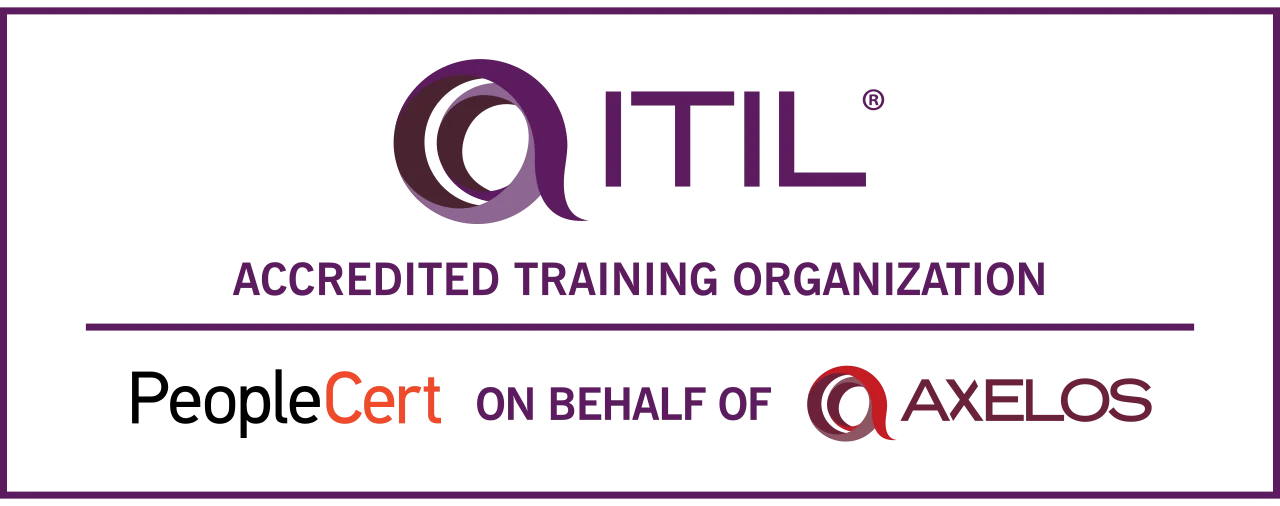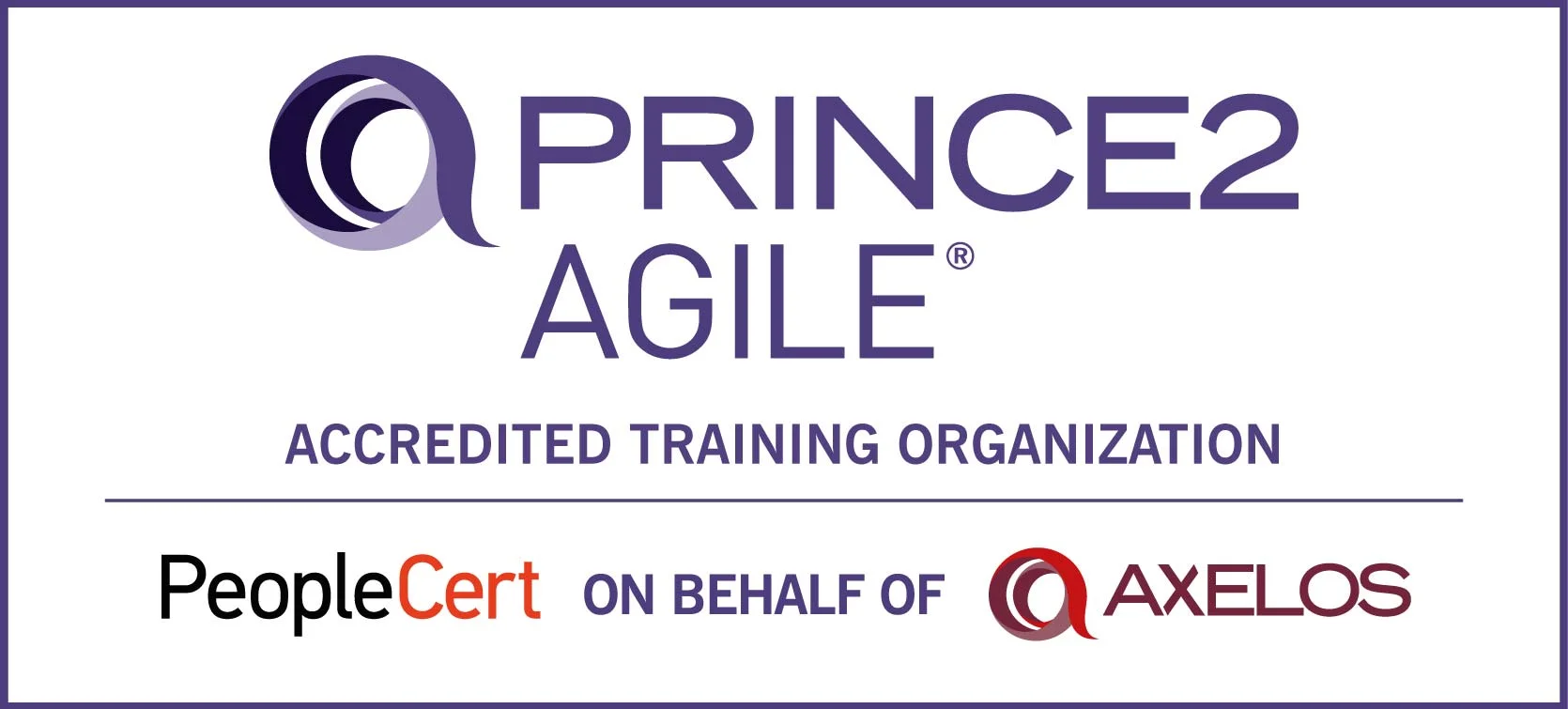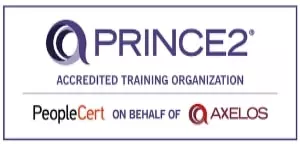Is there any kind of developer job profile where HTML is not needed?
You can’t even think of a single one. Can you?
Undoubtedly, HTML has been the simplest language since the history of web development you can say.
HTML stands for HyperText Markup Language. It is the standard markup language for documents designed to be displayed in a web browser. It can be assisted by technologies such as Cascading Style Sheets (CSS) and scripting languages such as JavaScript.
In 1980, physicist Tim Berners-Lee, on the behalf of CERN, proposed and prototyped ENQUIRE, a system for CERN researchers to use and share documents. In 1989, Berners-Lee wrote a memo proposing an Internet-based hypertext system. Berners-Lee specified HTML and wrote the browser and server software in late 1990. That year, Berners-Lee and CERN data systems engineer Robert Cailliau collaborated on a joint request for funding, but the project was not formally adopted by CERN. In his personal notes from 1990 he listed "some of the many areas in which hypertext is used" and put an encyclopedia first. The first publicly available description of HTML was a document called "HTML Tags", first mentioned on the Internet by Tim Berners-Lee in late 1991.
So you can see, HTML has been around as a programming language for quite a long time now, still, it hasn’t lost its importance even a bit.
It is quite obvious that HTML is still any interviewer’s favorite topic to bring a developer on board. So let’s see what are the top 20 HTML interview questions they really emphasize on, Shall we?
1. Compare HTML & XML
$() function is mainly used for wrapping objects into jQuery objects. It allows you to call different methods defined by jQuery object. It also allows you to pass a selector string to $()function while it returns jQuery objects that contain an array of all matched DOM elements.
2. What is the advantage of using jQuery?
A few basic advantages of using jQuery are:
- It is easy to use and learn.
- jQuery is easily expandable.
- Provides cross-browser support (IE 6.0+, FF 1.5+, Safari 2.0+, Opera 9.0+)
- Easy to use for DOM manipulation and traversal.
- Has a large pool of built-in methods.
- IT contains AJAX Capabilities.
- Allows methods for changing or applying CSS, creating animations.
- Allows event detection and handling.
- There are tons of plug-ins for all kind of needs.
3. Difference between $(this) and this keyword in jQuery?
$(this) returns a jQuery object, within which you can call several jQuery methods. On the other hand, this represents the current element, and it’s one of the JavaScript keywords that denotes the current DOM element in a context. You can not call the jQuery method on this until it’s wrapped by $() function.
4. What is the main advantage of loading jQuery library using CDN?
If a browser has finished downloading the same jQuery version from the same CDN then it will not get downloaded again. That’s the main advantage of loading jQuery library using CDN.
5. How do CSS precedence/cascading rules work? How does the important directive affect the rules?
CSS style rules “cascade” in the sense that they follow an order of precedence. Global style rules apply first to HTML elements, and local style rules override them. For example, a style defined in a style element in a webpage overrides a style defined in an external style sheet. Similarly, an inline style that is defined in an HTML element in the page overrides any styles that are defined for that same element elsewhere. The important rule is a way to make your CSS cascade but also have the rules you feel are most crucial always be applied. A rule that has the important property will always be applied no matter where that rule appears in the CSS document. So if you wanted to make sure that a property always applied, you would add the important property to the tag. So, to make the paragraph text always red, in the above example, you would write:p { color: #ff0000 !important; }p { color: #000000; }
6. What is a class? What is an ID?
A class is a style (i.e., a group of CSS attributes) that can be applied to one or more HTML elements. This means it can apply to instances of the same element or instances of different elements to which the same style can be attached. Classes are defined in CSS using a period followed by the class name. It is applied to an HTML element via the class attribute and the class name.
The following snippet shows a class defined, and then it is applied to an HTML DIV element.
.test {font-family: Helvetica; font-size: 20; background: black;}
test
Also, you could define a style for all elements with a defined class. This is demonstrated with the following code that selects all P elements with the column class specified.
p.column {font-color: black;}
An ID selector is a name assigned to a specific style. In turn, it can be associated with one HTML element with the assigned ID. Within CSS, ID selectors are defined with the # character followed by the selector name.
The following snippet shows the CSS example1 defined followed by the use of an HTML element’s ID attribute, which pairs it with the CSS selector.
#example1: {background: blue;}
7. What is Grouping?
When more than one selector shares the same declaration, they may be grouped together via a comma-separated list; this allows you to reduce the size of the CSS (every bit and byte is important) and makes it more readable. The following snippet applies the same background to the first three heading elements.h1, h2, h3 {background: red;}
8. What is HTML?
HTML is short for HyperText Markup Language and is the language of the World Wide Web. It is the standard text formatting language used for creating and displaying pages on the Web. HTML documents are made up of two things: the content and the tags that formats it for proper display on pages.
9. What is “Semantic HTML?”
Semantic HTML is a coding style where the tags embody what the text is meant to convey. In Semantic HTML, tags like for bold, and for italic should not be used, the reason being they just represent formatting and provide no indication of meaning or structure. The semantically correct thing to do is use and. These tags will have the same bold and italic effects while demonstrating meaning and structure (emphasis in this case).
10. Does a hyperlink only apply to text?
You can use hyperlinks in both texts and images. The HTML anchor tag is used to define a hyperlink that links one page to another page. The "href" attribute is the most important attribute of the HTML anchor tag.
11. What is a style sheet?
A style sheet builds a consistent, transportable, and well-designed style template. These templates can be added on different web pages to describe the look and formatting of a document written in markup language.
12. Can you create a multi-colored text on a web page?
Yes. you can do that by using command for the specific texts you want to color.
13. Is it possible to change the color of the bullet?
The color of the bullet is basically the color of the first text of the list. Hence, if you want to change the color of the bullet, you should change the color of the text first.
14. What is a marquee?
Marquee makes a text scroll on a web page. It helps in scrolling the image or text up, down, left, or right automatically. You should put the text within the tag to scroll it.
15. How to make a picture of a background image of a web page?
To make a picture a background image on a web page, the following tag code is used after
tag:
background-image.gif="
Here, replace the "image.gif" with the name of your image file which you want to display on your web page.
16. What is the use of a span tag? Give one example.
Few usages of the span tag are:
- Adding color on text
- Adding background on text
- Highlighting any color text
17. What are the entities in HTML?
The HTML character entities are basically the replacements for the reserved characters in HTML. You can also replace absent characters on your keyboard by entities. These characters are replaced because some characters have reservetions in HTML.
18. What are the different new form element types in HTML 5?
The 10 frequently used new elements in HTML 5:
- Color
- Date
- Datetime-local
- Time
- Url
- Range
- Telephone
- Number
- Search
Conclusion:
There is some old stuff that always remains the same, no matter how many new things come in our way. We guess HTML is one of them! Have any HTML questions you want to ask us about? Feel free to drop them in the comment box below. We’d be glad to answer you. Also, don’t forget to check our training sessions that can help you shine in your career as a developer!
Author Details

Akshad Modi
AI Architect
An AI Architect plays a crucial role in designing scalable AI solutions, integrating machine learning and advanced technologies to solve business challenges and drive innovation in digital transformation strategies.
Confused About Certification?
Get Free Consultation Call








